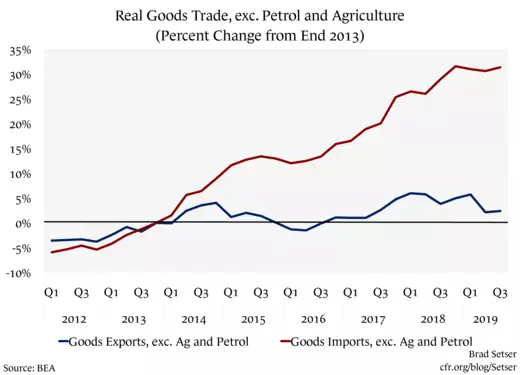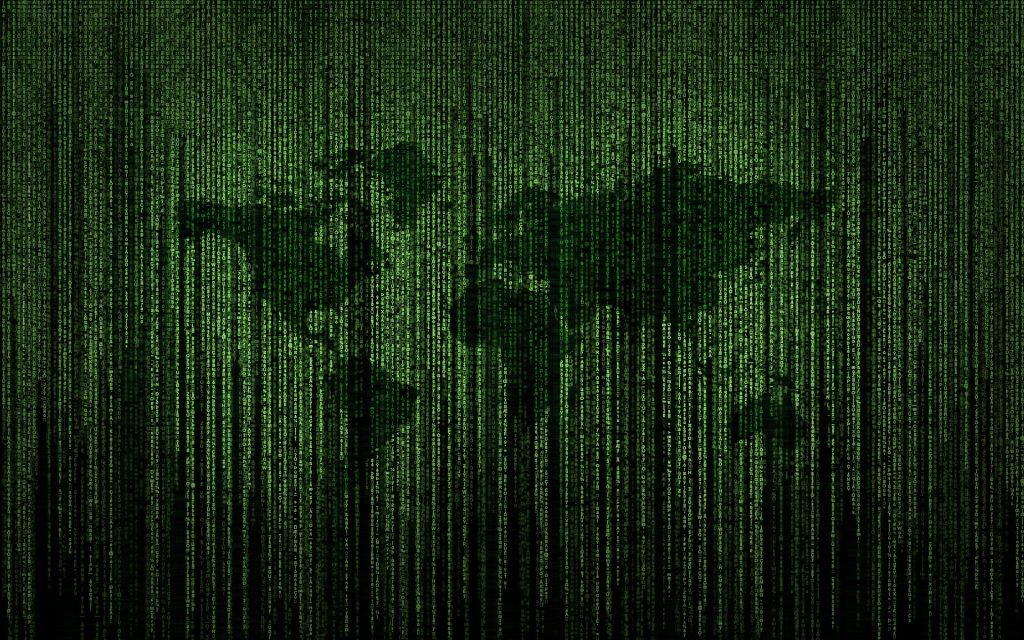By Diksha Madhok
 In his 2016 book Alibaba: The House That Jack Ma Built, author Duncan Clark wrote about how the founder of one of the world’s biggest e-commerce companies hires.
In his 2016 book Alibaba: The House That Jack Ma Built, author Duncan Clark wrote about how the founder of one of the world’s biggest e-commerce companies hires.
When building up his team Jack preferred hiring people a notch or two below the top performers in their schools. The college elite, Jack explained, would easily get frustrated when they encountered the difficulties of the real world.
Hiring strategies at Indian companies couldn’t be more different. Not only do they want to hire the top performers, they want to hire them from elite colleges such as the Indian Institutes of Technology (IITs) or the Indian Institutes of Management (IIMs). A top e-commerce firm in the country is even notorious for hiring its early team from a specific hostel at IIT Delhi.




















/arc-anglerfish-arc2-prod-mco.s3.amazonaws.com/public/GYEHYFQAQFDKTHFR2SANVCPMLM.jpg)



